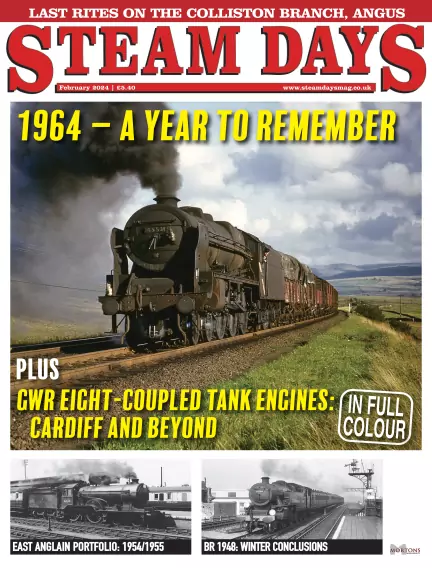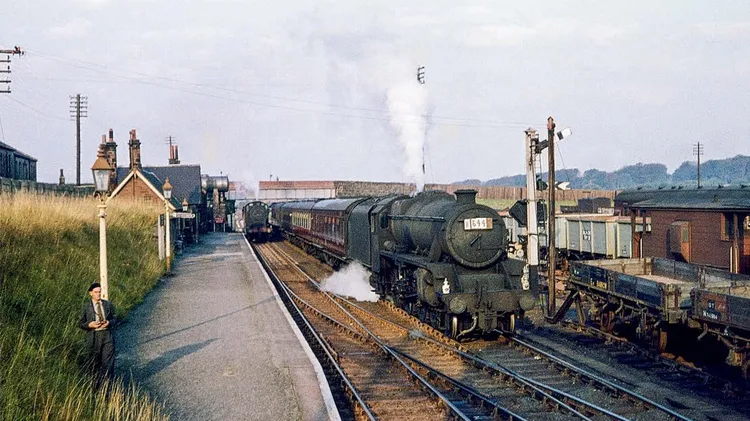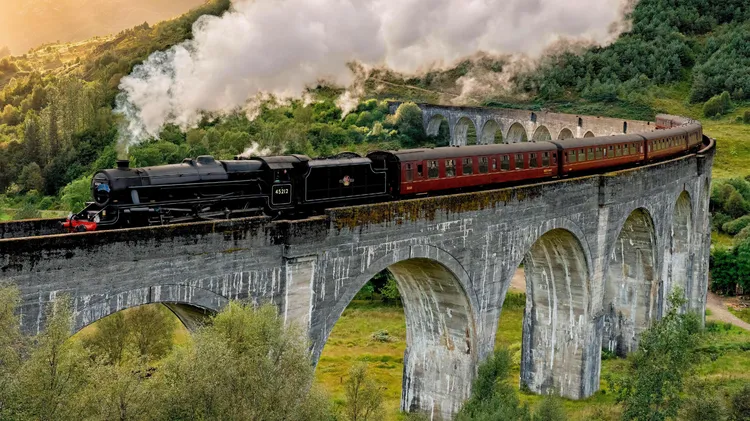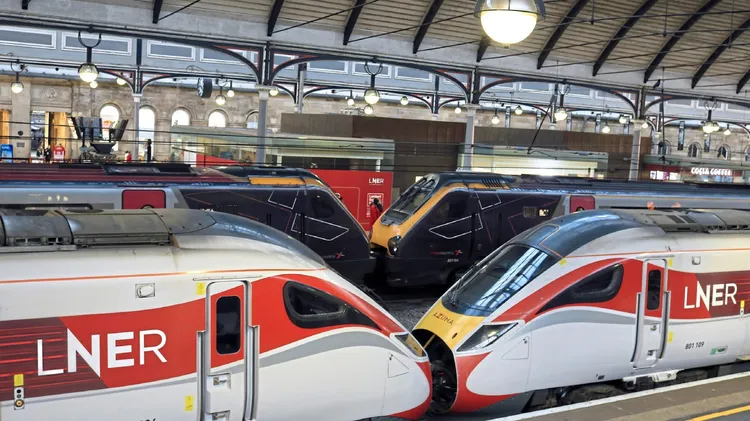Opened as the Arbroath & Forfar Railway, John Macnab picks
Last rites on the colliston branch
27 min read
This article is from...
Read this article and 8000+ more magazines and newspapers on Readly






